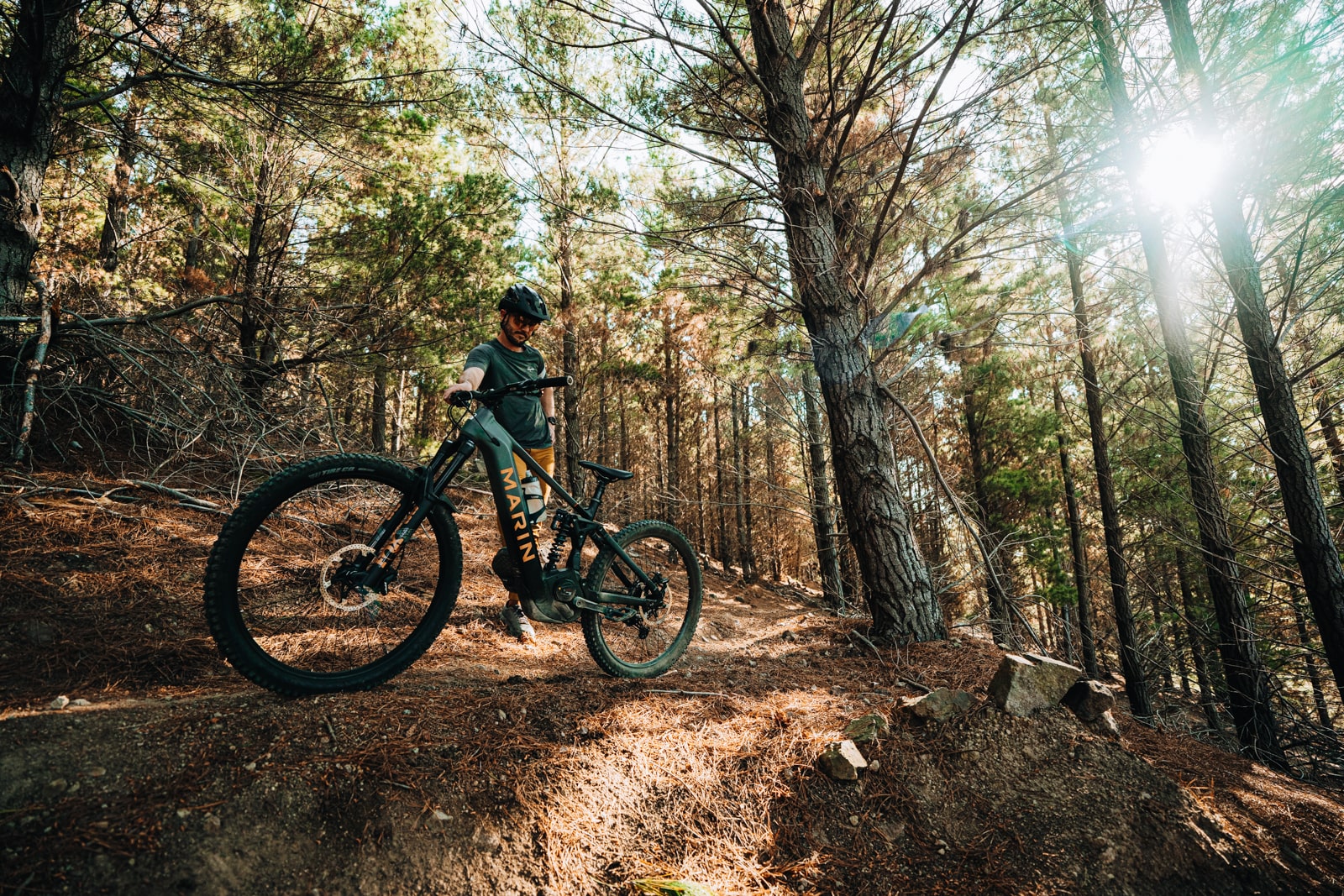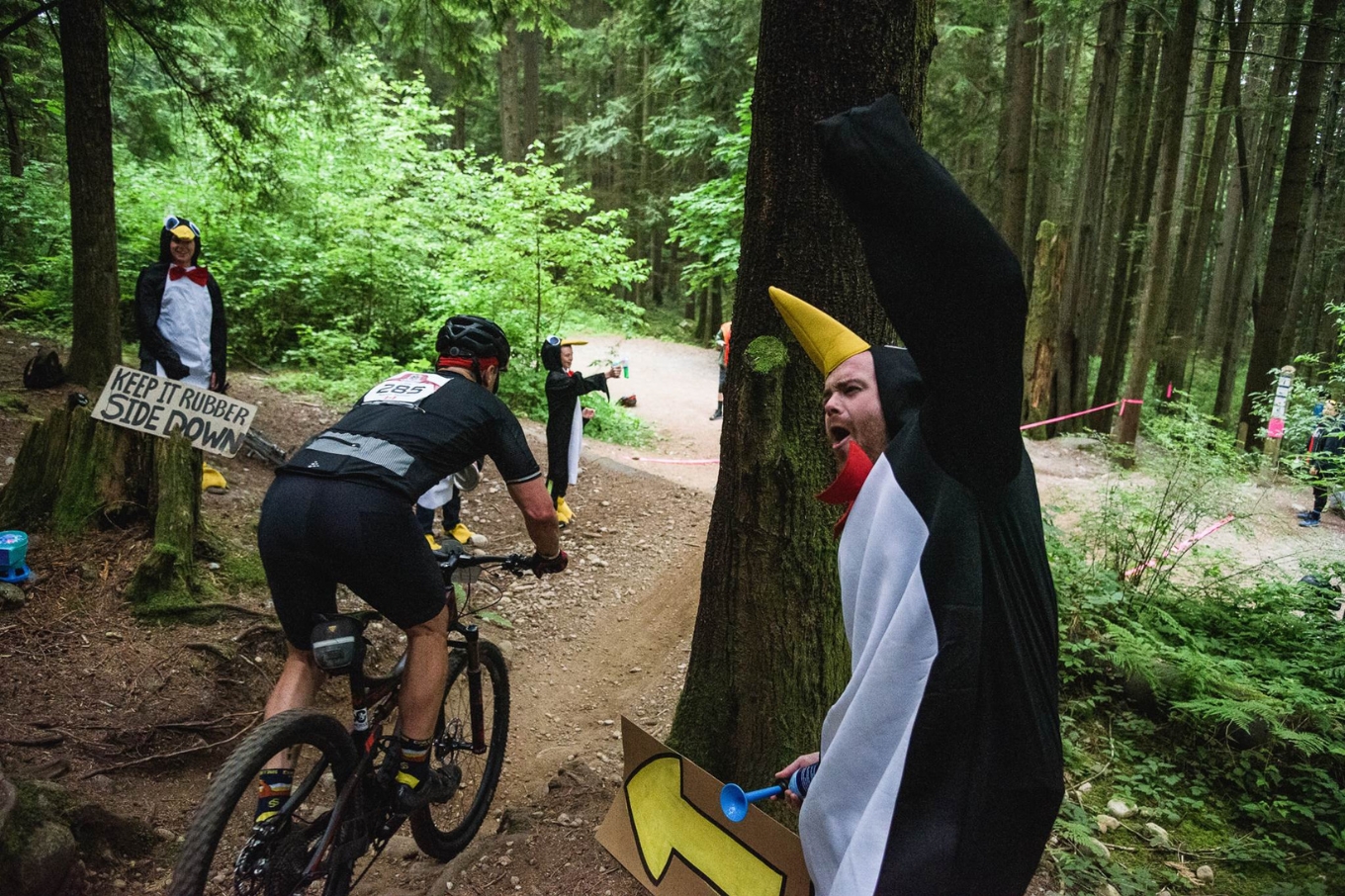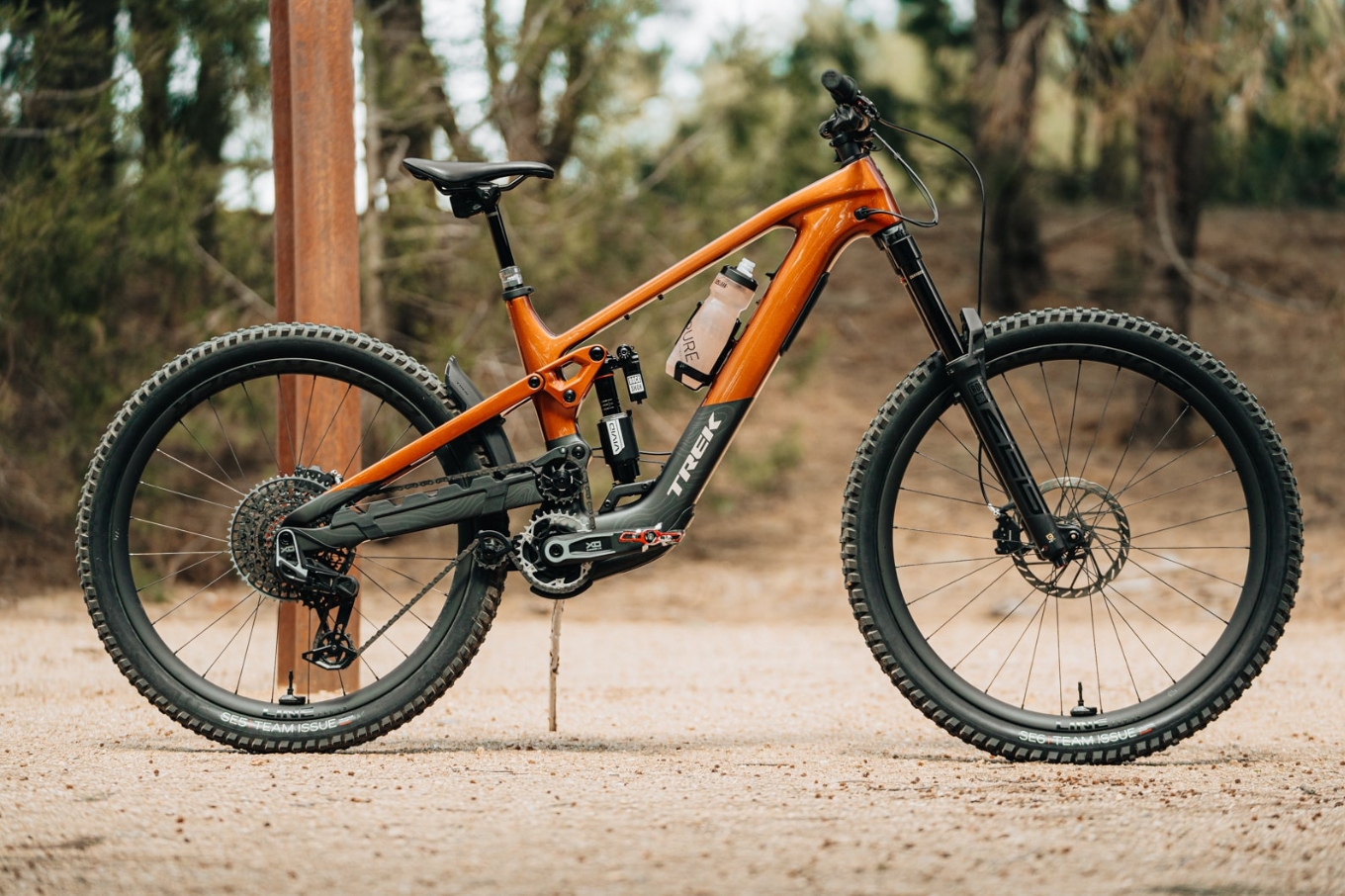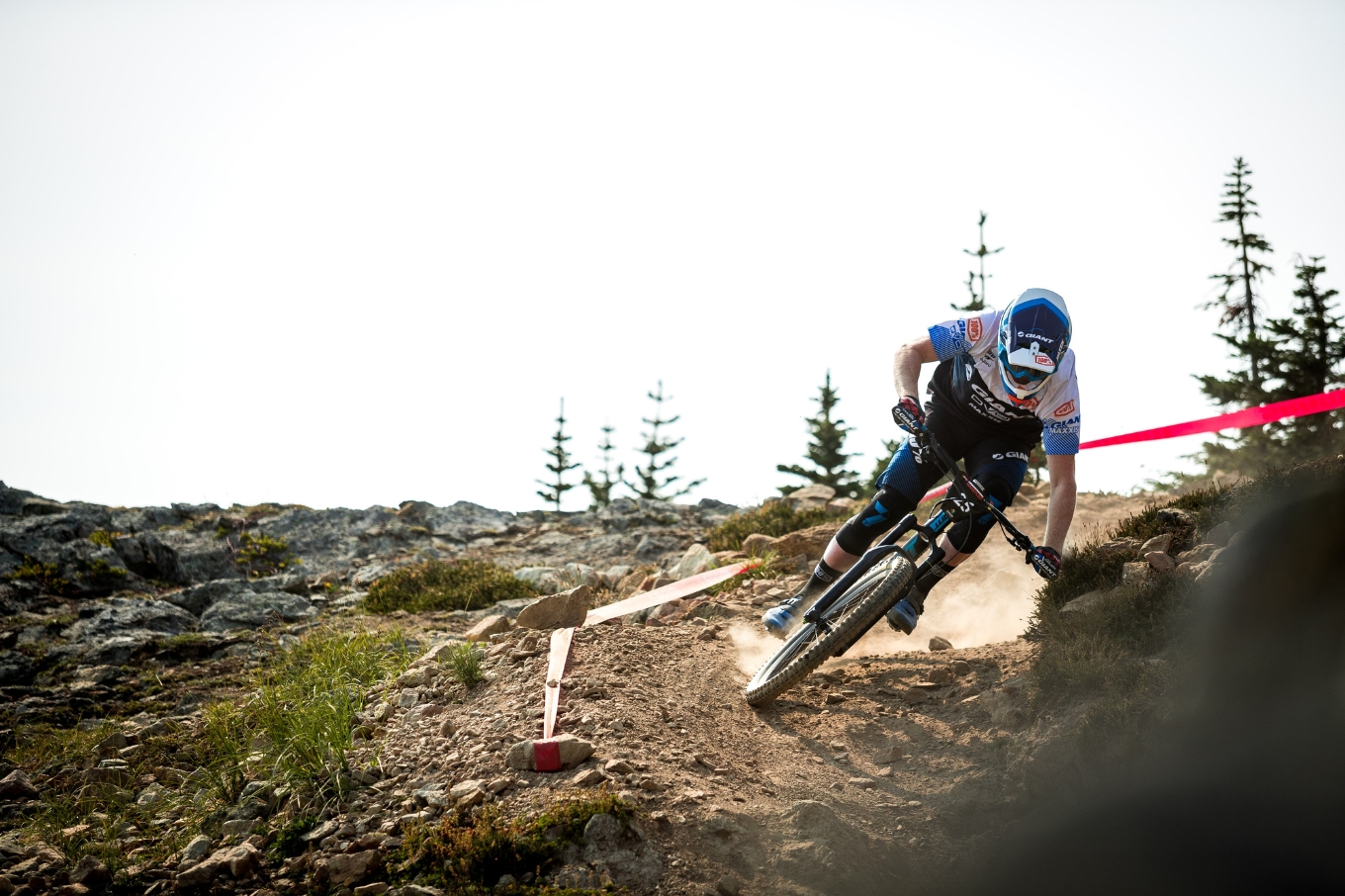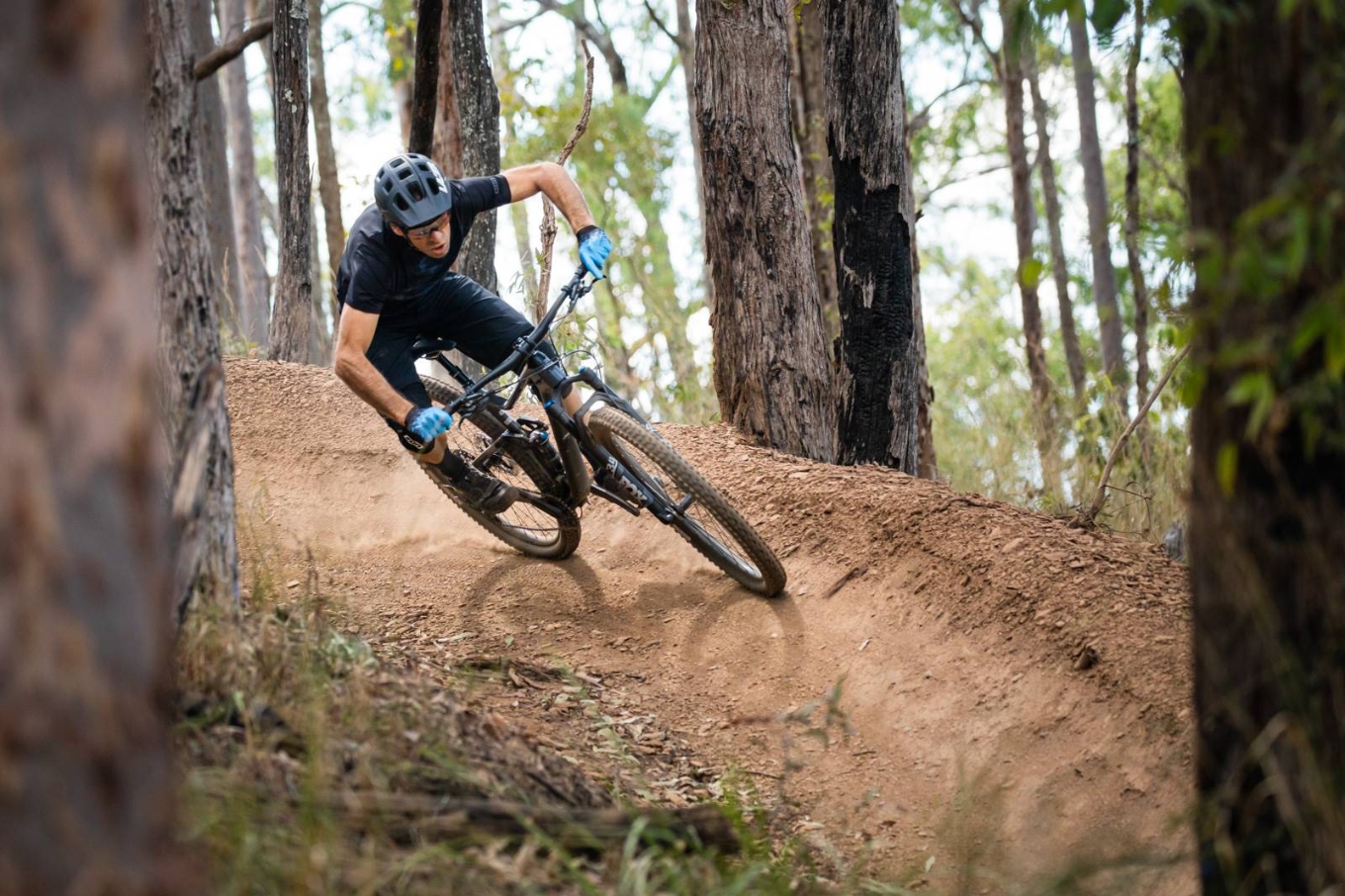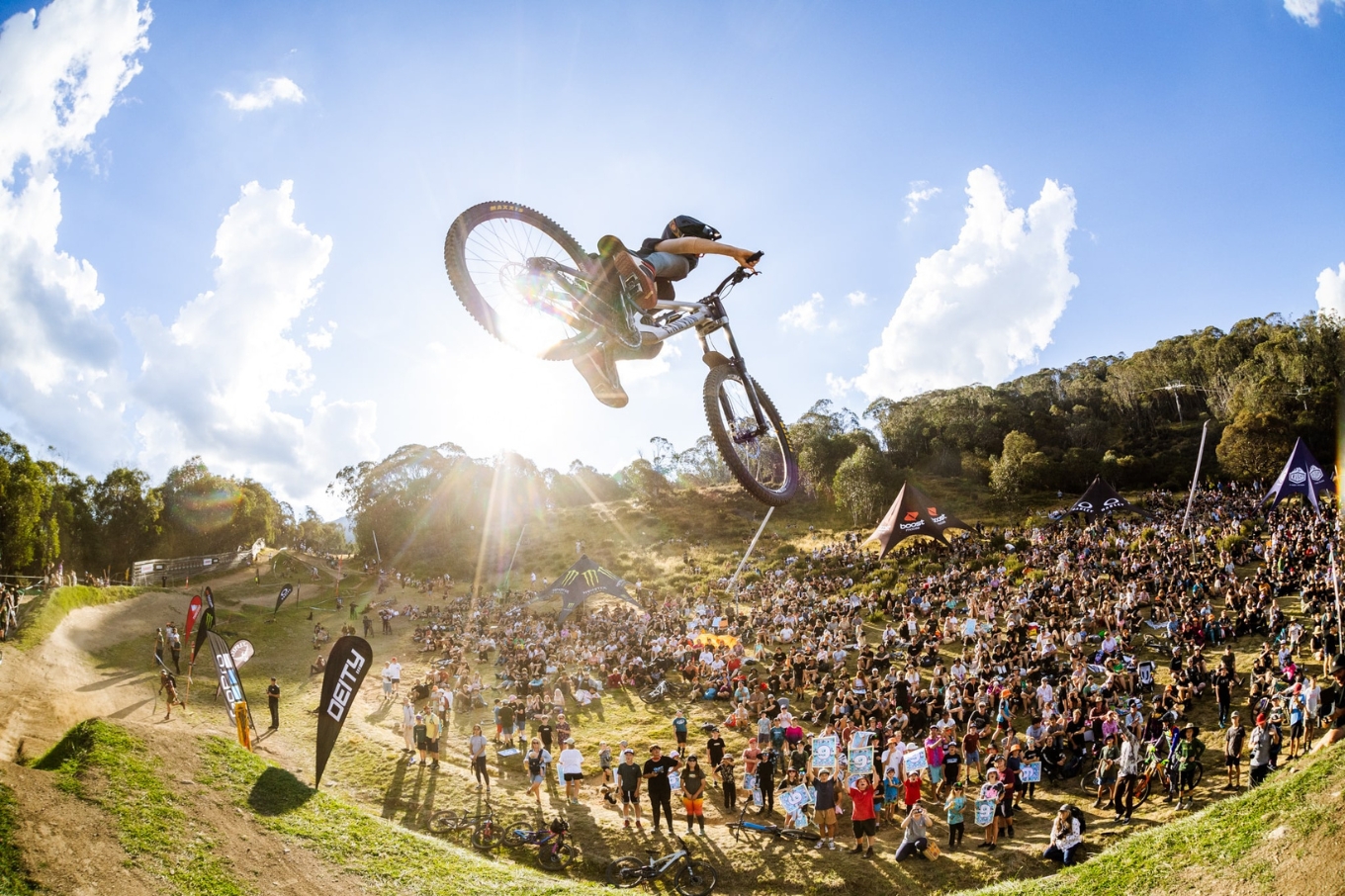TESTED: BONTRAGER Blaze WaveCel
Find out how the Bontrager Blaze WaveCel performs out on the trails!
Words: Anna Beck Photos: Mike Blewitt
When Bontrager dropped the news that they were out to revolutionise helmets, I was intrigued, and when we received one of the Blaze Mountain Bike model featuring the new WaveCel technology I was interested to see how it performed.
Fortunately, or unfortunately, despite an extensive 30+ hours in the Blaze, while I managed a couple of spud-crashes I didn’t actually hit my head, so an N=1 review of the technology was unable to be assessed (which is a good thing as it means I didn’t get a head injury). What I could look at, however, was the fit, value and other features of the helmet and the claims of head injury reduction Bontrager has made.
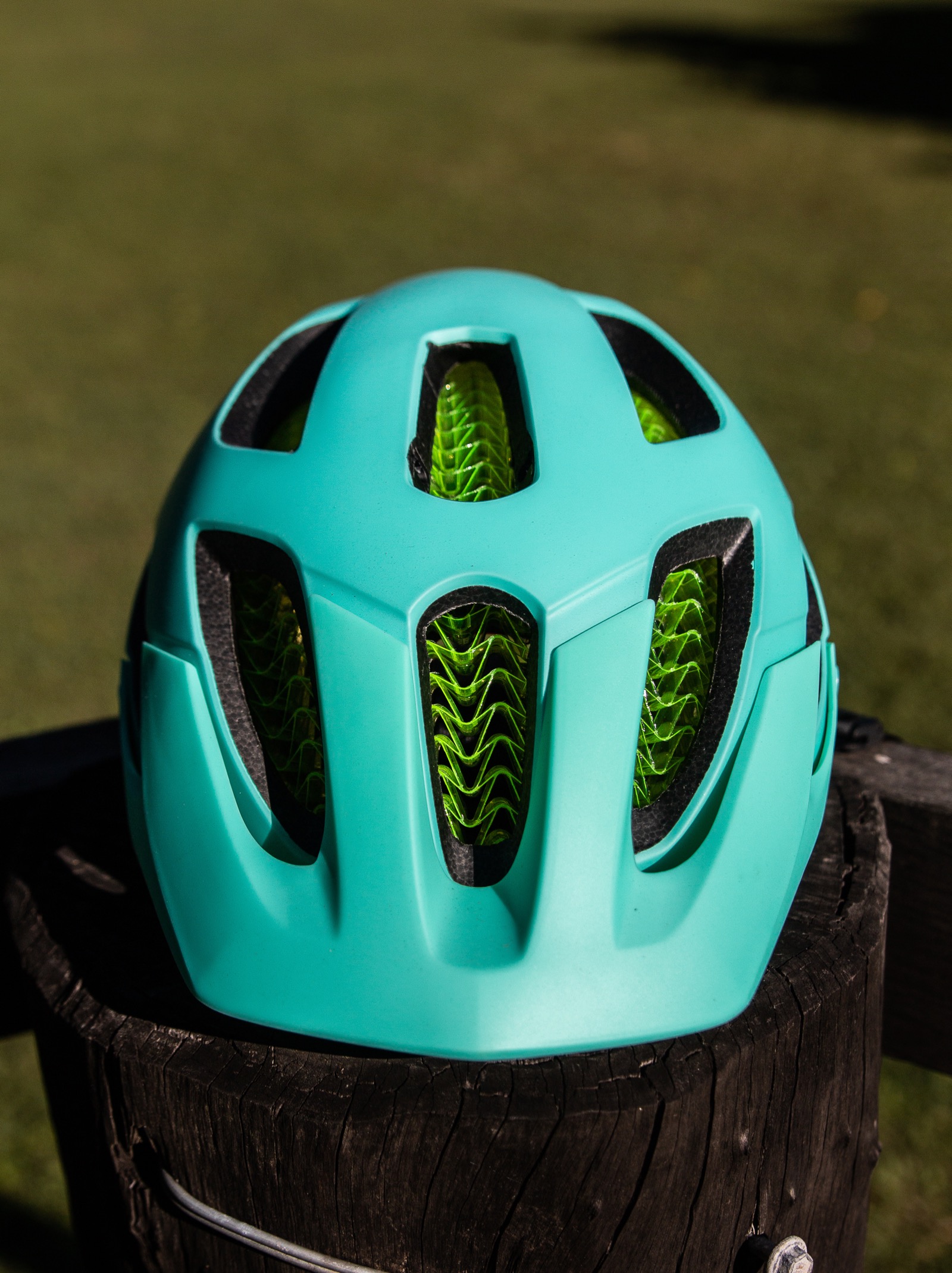
When I first received the helmet I first noticed how, well, normal it looked. There was no breaking out of the mould aesthetically for the Blaze, and it appeared like a conventional trail helmet. I tested the matte black model in size small (51-57cm) which fitted well (traditionally I use a small helmet and have a 55cm head). The matte black looked understated and the Boa retention system allowed a comfortable fit straight up.
What I did notice immediately was the weight of the helmet. Bontrager have stated that implementing the WaveCel technology to the helmet added around 50g to the weight of the helmet, but with a weight of over 400g for the helmet it begs us to wonder if this isn’t being minimised: after all even a 350g trail helmet is a bit on the hefty size. It’s certainly not one for the cross-country crowd, and I did notice the helmet sits rather high, and lacks the extensive rear/side coverage that other trail oriented helmets such as Bell’s Super and Troy Lee Designs helmets feature.
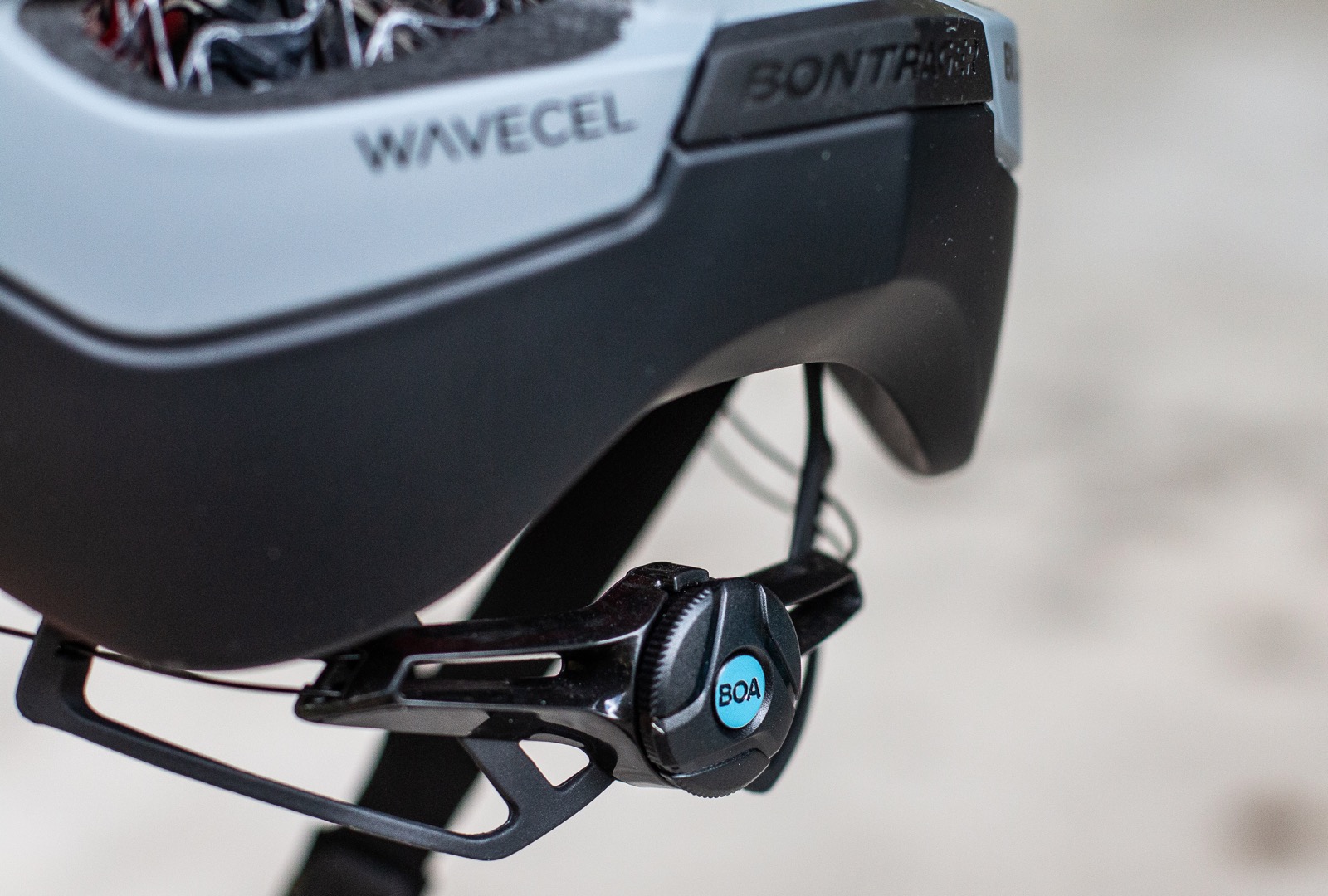
The WaveCel itself in the Blaze range is a honeycomb-like structure that lies between the EPS foam outer and the retention system acting as a crumple zone to mitigate linear and rotational forces in the case of a crash. Should a crash occur, the WaveCel liner is designed to crumple, flex and glide to allow the head minimal movement within the rigid EPS shell. As traumatic brain injuries (TBI) occur as a result of these forces being transferred to the brain inside the hard rigid shell of your skull during impact, the absorption of some of these forces is touted as greatly reducing the occurrence of a TBI in the case of impact. Bontrager claim that the risk of a brain injury is reduced by a factor of 48x compared to a standard EPS (plain foam) helmet, with a 1% chance of attaining a traumatic brain injury. Big numbers, but numbers that must be taken with a grain of salt.
WaveCel is a separate mechanism to mitigate injury from a standard EPS helmet, which simply reduces the occurrence of external trauma from a direct blow to a head, represented by the foam outer. WaveCel also differs from existing products like MIPS’ slip liner product. Like MIPS products, the design of the WaveCel inserts the technology within an EPS outer, therefore protecting against open fractures and skull depressions seen in head injuries without helmet use.
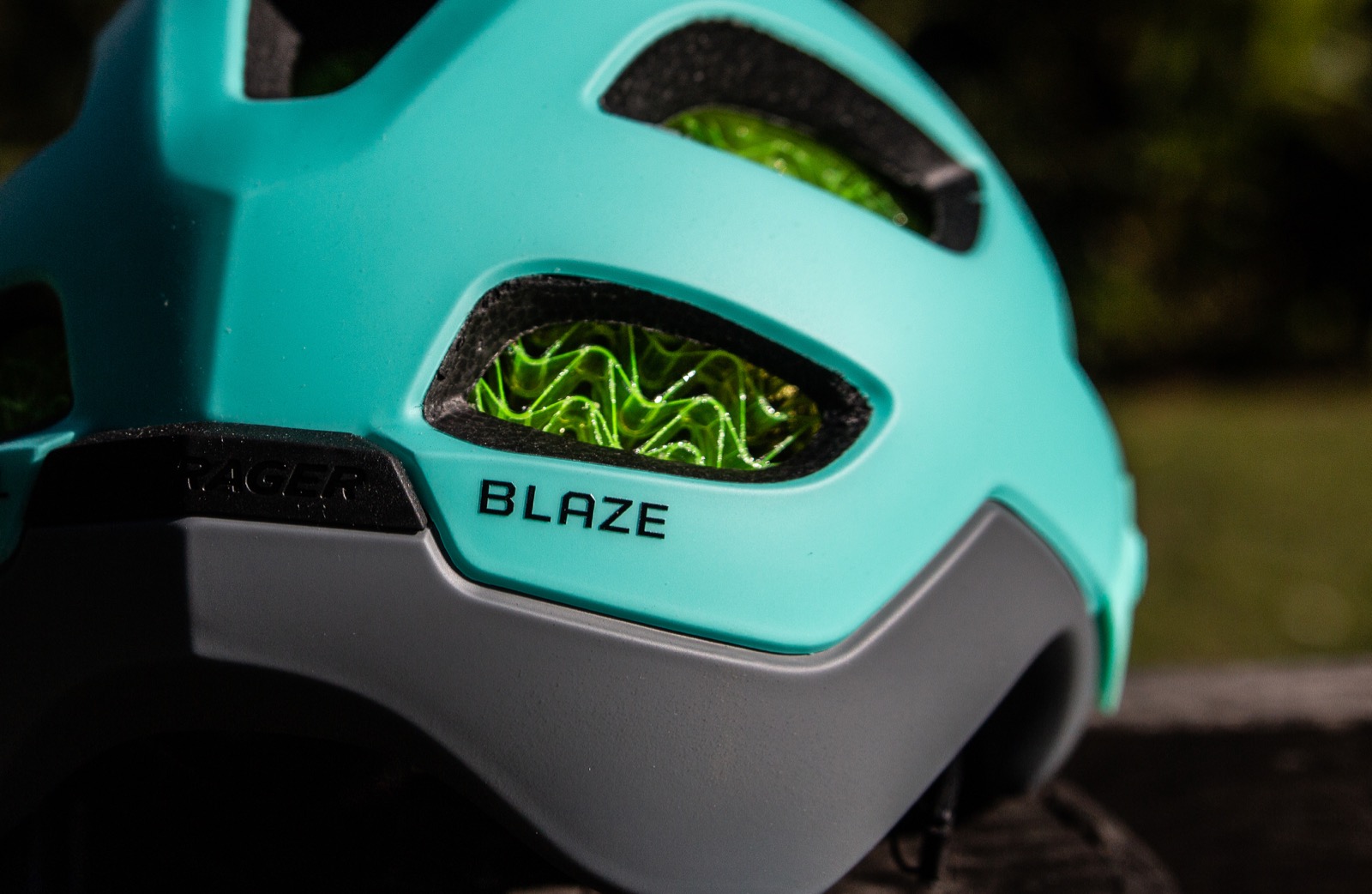
The helmet has a few other handy features, including a removable magnetic light or GoPro mount, a FIDLOCK snap buckle, and antimicrobial pads and silicon sweat pad. I found the snap buckle to be easy to use, and the helmet seemed to channel sweat away from the eyes, but I didn’t use the mount. I already felt the bulk of the helmet without an additional camera or light so I figured that it would be extremely heavy if I was to add an accessory on, and contemplated how this could reduce the safety features of the helmet with direct vertical impacts where the magnetic attachment might not pop away easily.
So what’s our take?
Despite the issues with their own testing protocol and numbers, when faced with my own options of a standard EPS POC, Bell Super or another Mips-equipped helmet vs the Blaze, I ended up choosing the Blaze when headed out on more challenging trails. I didn’t find the fit or aesthetics implored me to choose it over other options, and while it’s a solid performer in these criterion—I have other helmets I prefer in these regards personally—it was just the thought that if there is a slight chance that the Blaze would help reduce the instance of a TBI during a crash when riding, then why wouldn’t you choose it?
RRP: $349.95
From: trekbikes.com
Hits:
– Increased protection potential
– GoPro mount
– Really comfortable and stable
– Many size and colour options
Misses:
– Heavier and a bit warmer
– No extended coverage
– You pay for protection


